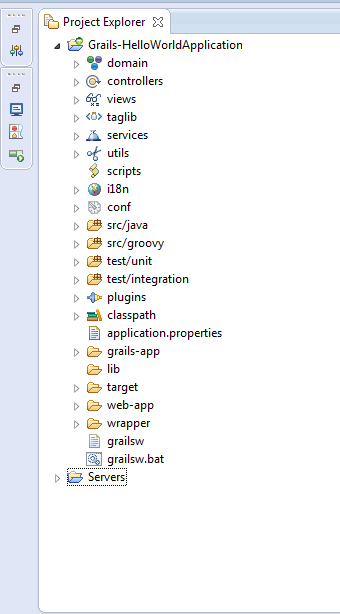
- #GRAILS IMAGE TOOLS INSTALL#
- #GRAILS IMAGE TOOLS ZIP FILE#
- #GRAILS IMAGE TOOLS UPDATE#
- #GRAILS IMAGE TOOLS MANUAL#
- #GRAILS IMAGE TOOLS FULL#
Grails home is set to: /Developer/grails-1.0 Licensed under Apache Standard License 2.0 If Grails is working correctly you should now be able to type grails in the terminal window and see output similar to the below:
#GRAILS IMAGE TOOLS ZIP FILE#
#GRAILS IMAGE TOOLS INSTALL#
Getting Started 2.1 Downloading and InstallingThe first step to getting up and running with Grails is to install the distribution. This documentation will take you through getting started with Grails and building web applications with the Grails framework. A transactional service layer built on Spring's transaction abstractionĪll of these are made easy to use through the power of the Groovy language and the extensive use of Domain Specific Languages (DSLs).Support for internationalization (i18n) built on Spring's core MessageSource concept.Dependency injection with the inbuilt Spring container.An embedded Tomcat container which is configured for on the fly reloading.A command line scripting environment built on the Groovy-powered Gant.An expressive view technology called Groovy Server Pages (GSP).An easy to use Object Relational Mapping (ORM) layer built on Hibernate.
#GRAILS IMAGE TOOLS FULL#
Grails is a full stack framework and attempts to solve as many pieces of the web development puzzle through the core technology and it's associated plug-ins.

What makes it different, however, is that it does so by building on already established Java technology like Spring & Hibernate. Grails builds on these concepts and dramatically reduces the complexity of building web applications on the Java platform. Most modern web frameworks in the Java space are over complicated and don't embrace the Don't Repeat Yourself (DRY) principles.ĭynamic frameworks like Rails, Django and TurboGears helped pave the way to a more modern way of thinking about web applications.

IntroductionJava web development as it stands today is dramatically more complicated than it needs to be. I defined a new method called image upload: I use the imageTools plugin in grails to resize my images, and define two new properties in my conf/oovy to set the thumbnail size and download directory.
#GRAILS IMAGE TOOLS UPDATE#
In my update and save methods of the controller, I call this

When I generated the views, the byte image will ensure that the image button gets generated into a file browser. The solution I came up with involved using the Transient property within my Recipe class, so my domain class looks something like this: The image needed to be scaled to one size, and saved to a specific directory. The application I am building is basically a series of recipes with a picture that went with each.

#GRAILS IMAGE TOOLS MANUAL#
I didn’t like the manual adding of the form objects in the CRUD generated GSPs since I would often overwrite the generated ones by accident. I took a look at the file upload abilities in Grails and liked it, but wasn’t too convinced this would be the most elegant way to go. For one of my projects, I needed to allow users to upload an image that I would then save to disk and display. One of the ways in which transient properties can be used is to generate the file upload components within the GSP needed to do file uploading. In this post, I will discuss how I used the transient property to enable image uploading in Grails. I really like the automagic generation of view elements in Grails GSP files, and have used transient properties to generate views that allow for uploading files. Something that I have come across in my experimentation with Grails is the need to have UI elements in the screen that map to more complex elements in the domain model or things that are not stored in the database.


 0 kommentar(er)
0 kommentar(er)
